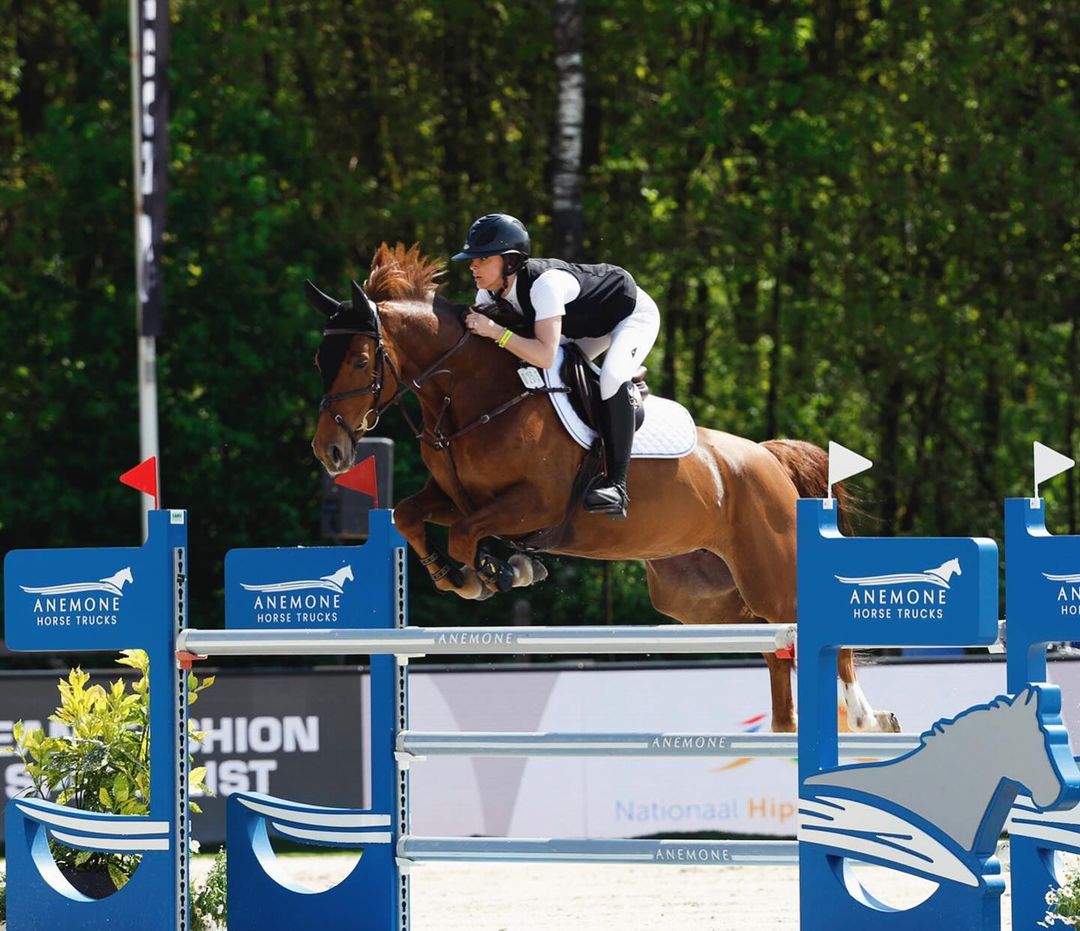
The world of equestrian sports is one of both grandeur and challenge, where the bond between horse and rider is paramount, and where success is often as much about the journey as it is about the destination. For many riders and equestrian enthusiasts, finding the perfect horse is not just a matter of skill, but also of perseverance, trust, and sometimes, a little bit of luck.
In a recent conversation, three passionate equestrians—Hailey, Gino, and Marie—shared their experiences and insights into the intricacies of the sport, from horse buying to the importance of relationships within the equestrian community. Their discussion offers valuable lessons for anyone looking to navigate the often complex and emotionally charged world of show jumping and horse ownership.
The Rollercoaster of Horse Buying
Hailey's journey through the world of horse buying is a testament to the unpredictable nature of the sport. Despite her best efforts, finding the right horse proved to be a daunting task, filled with near misses and unexpected setbacks. "I cannot tell you the number of horses I sat on," she recalls, highlighting the emotional and financial investment that goes into each potential purchase.
One of the key challenges Hailey faced was the balance between finding a horse that met her specific needs and dealing with the inevitable disappointments when things didn’t work out. The experience of nearly purchasing a horse that later tested positive for a banned substance was particularly disheartening. "It was incredibly disappointing because I was completely in love with this horse," she shares.
Hailey’s story underscores the importance of being flexible and open-minded during the horse-buying process. As she learned, sometimes the horse that catches your eye in a video may not be the one that ultimately wins your heart. "Purchasing horses can be such an emotional thing," she notes, emphasizing the unique connection that often drives the final decision.
The European vs. American Equestrian Markets
One of the most striking observations shared during the conversation was the difference between the European and American equestrian markets. Marie, who has extensive experience in both regions, pointed out that the European market tends to be more accessible and competitive, with a stronger emphasis on breeding and professional-level competition. "In Europe, the quality of riding, even at the amateur levels, is so much higher and more competitive," she explains.
This distinction is critical for American riders looking to purchase horses from Europe, as the expectations and standards can differ significantly. The conversation also touched on the role of social media in the horse-buying process, with Hailey using platforms like Instagram and Facebook to discover potential horses. However, Marie cautioned against relying solely on online videos, as they may not always present the full picture. "No one's going to share a bad video of their horse," she warns, highlighting the need for thorough research and multiple sources of information.
Building a Strong Support Network
For all three equestrians, one theme emerged as crucial to success in the sport: the importance of a strong support network. Hailey emphasized that show jumping is a team sport, and having a reliable team of trainers, veterinarians, and other professionals is essential. "You are only as good as your friends and the team you surround yourself with," she says, reflecting on the challenges that arise both in and out of the ring.
Gino echoed this sentiment, noting that the joy of being around horses and the camaraderie with fellow riders are what make the sport truly rewarding. "It's all about the joy that it gives you," he says, reminding us that the passion for horses should always remain at the heart of the sport.
Marie, in her role as a mediator and facilitator within the industry, stressed the importance of trust and honesty in building long-term relationships. "You have to stick to your intuition," she advises, acknowledging the complexities and risks involved in the horse-buying process.
Looking to the Future: Breeding and Innovation
As the conversation turned towards the future, all three equestrians expressed optimism about the potential for innovation and growth within the sport. Marie, in particular, highlighted the increasing interest in breeding and the potential for new bloodlines to invigorate the industry. "Muts are always stronger than purebreds," she quipped, advocating for a more diverse approach to breeding that could bring new strengths to the sport.
The discussion also touched on the growing role of technology and digitization in the equestrian world, from tracking horse performance to streamlining the buying process. However, as Marie pointed out, the human element remains irreplaceable. "At the end of the day, a horse is a horse," she reminds us, emphasizing the need for a balanced approach that combines modern tools with traditional wisdom.
Conclusion: The Heart of Equestrian Sports
The conversation between Hailey, Gino, and Marie offers a window into the unique challenges and rewards of the equestrian world. Whether it's the rollercoaster of buying a horse, navigating the differences between markets, or building a strong support network, their experiences highlight the importance of perseverance, passion, and community.
As the equestrian world continues to evolve, driven by both tradition and innovation, the insights shared by these three riders will remain valuable for anyone looking to make their mark in the sport. Whether you're a seasoned professional or an aspiring amateur, their stories remind us that success in show jumping is as much about the journey as it is about the destination.
